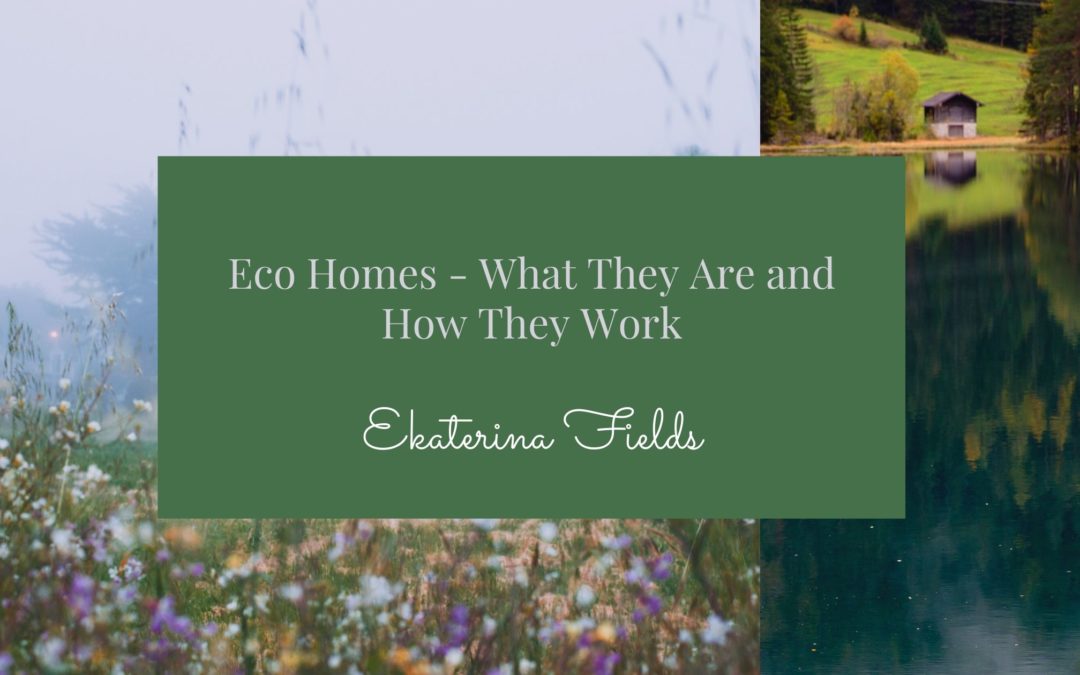Making a difference for the environment comes in many different colors. Some people choose to focus on volunteer efforts. Others strive to live as sustainably as possible. Sometimes, people listen to this call by creating eco-homes.
What exactly is an eco-home? An eco-home is a home designed to be low-impact on the environment. Typically, it does so by taking advantage of the latest advances in technology (solar panels, green tech, etc.). The goal is to have a house that is eco-friendly, efficient, and still comfortable and functional.
Negating Carbon Footprint
One of the primary goals of an eco-home is reducing its carbon footprint. This is one of the many ways in which it strives to be low-impact. However, it’s important to note the difference here between an eco-home and a zero-carbon home. A zero-carbon home tends to negate its carbon footprint via renewable energy – to the point where the numbers run in the negatives.
Meanwhile, an eco-home will have similar goals – but not be quite as strict. The goal is to be overall more environmentally friendly, but it incorporates multiples methods to reach this goal. For example, instead of relying entirely on renewable energy, an eco-home will also ensure efficient insulation, effective water systems, and proper ventilation.
What Goes Into an Eco-Home?
There’s a lot of intelligent and careful design that goes into an eco-home. Designers take the location and placement of the house into account – which direction the windows face, etc. This helps to dictate the level of insulation needed, as well as any other odds and ends.
As mentioned above, eco-homes are not afraid to take advantage of modern technology to achieve their goals. This means that items such as energy-efficient appliances and smart thermostats are a must.
Many eco-homes are built from sustainable materials or recycled building materials. This helps to further reduce the environmental impact while having the potential to create a unique aesthetic.
Finally, renewable energy does frequently play a role in the overall design. One can often spot solar panels, though sometimes it might be a small wind turbine instead. This element in addiction to rainwater storage work well to decrease the overall eco-footprint of a household.
